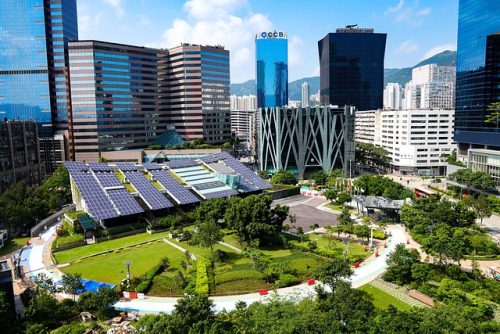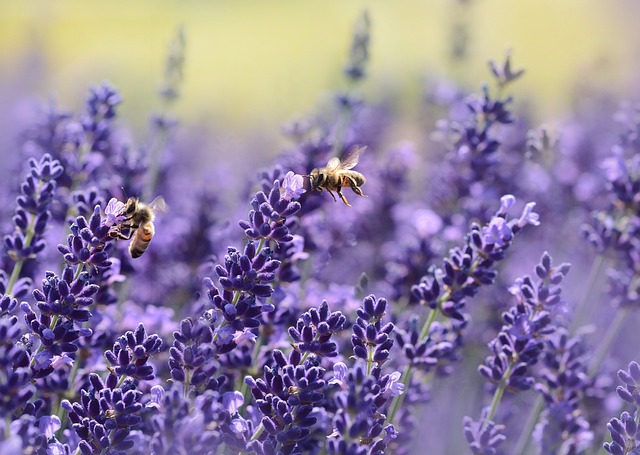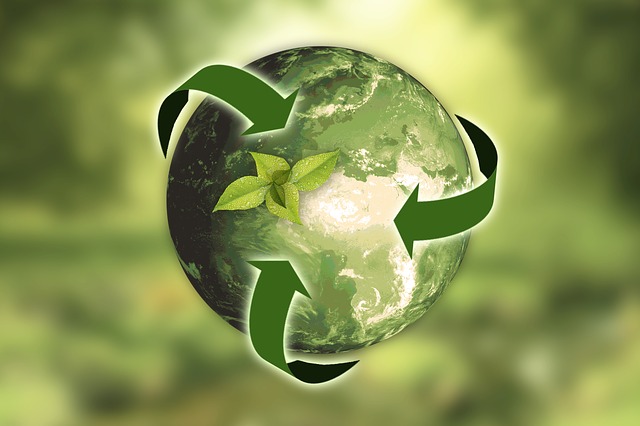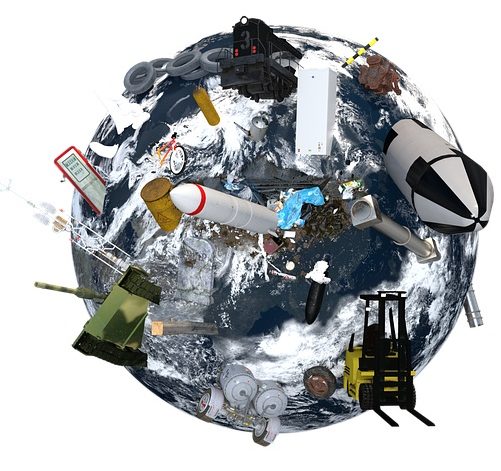What is Meant by Biodiversity?
Biodiversity simply means the vast variety of life present on Earth. It includes plants, animals and microorganisms. All the diverse forms of flora and fauna that exist on our planet are collectively referred to as Earth’s Biodiversity.
Also check out: What is a Habitat? Types of Habitat and Their Biodiversity
Biodiversity is generally classified as 3 types:
- Genetic Diversity- This refers to the various genetic similarities and differences among individual members of a plant or animal species. It is because of this very genetic diversity that no one member of a species is the same. For example, we can consider the different breeds of dogs and cats which, while belonging to the same species, may have different characteristics such as eye color, skin color/pattern, hair type etc. However, not all species are genetically diverse i.e., they do not show much diversity among individual members of species such as in the case of Kangaroos which are pretty similar as they have recently evolved. Different species must be conserved in order to preserve genetic diversity.
- Species Diversity- This is the different types and forms of species (flora and fauna) present within a habitat or region. Species are grouped together on the basis of shared characteristics, they are basically animals or plants of the same kind. The various kinds of species within families of similar yet different flora and fauna contribute to species diversity.
- Ecosystem Diversity- An ecosystem refers to the place where an organism hunts, lives and interacts with other creatures as well as the surrounding environment. The various ecosystems in a specific place or habitat is what is called as ecosystem diversity.
Check out these amazing pictures about biodiversity conservation: Biodiversity Conservation is Ecosystem Restoration-Pictures.
Importance of Biodiversity Conservation:
There are many reasons for loss of biodiversity including the rapid industrialization, urbanization, deforestation, improper and unsustainable land and resource utilization. Apart from these there are others activities that directly target flora and fauna such as razing down and constructing on biodiversity hotspots, not protecting endemic zones, illegal hunting, poaching of certain animals like elephants for their tusks to make ivory jewelry and sea turtles that are eaten as delicacies as well as used for medicinal purposes in many cultures. It is a shame that species are being lost at a rate that is 1000 times faster than it was without human impacts. Since 1970, human population has doubled whereas biodiversity of flora and fauna continue to decline alarmingly so much so that scientists have warned another mass extinction could occur.
Conserving biodiversity should not mean just attempting to save a single species as that would be futile; instead we should focus on saving the habitat and ecosystems of those species in order for them to thrive.
Learn more about it: Biodiversity Loss- Causes, Effects and Solutions
Methods of Managing and Conserving Biodiversity
Some of the methods and their benefits for conserving biodiversity include:

- Building ecofriendly cities that have set urban limits and infrastructure in order to not encroach on surrounding natural habitats. This also includes reducing waste generation, air, land and water pollution; making green belts, rooftop farming, and standardizing emission limits. For further information you may want to check out: How Can We Make Our Cities Sustainable (An Eco-City)?
- Healthy agricultural practices such as tilling, terracing and using IPM (Integrated Pest Management) which uses natural flora and fauna to combat pests on crops. For cultivation land, farmers usually clear all land of forests and the existing habitats on it are destroyed as well. IPM allows not only the animals to thrive since their habitat is intact and they use the pests as a food source which also benefits the farmers. the lack of pesticide use also means the aquatic habitats and ecosystems would be less impacted. Thus, reducing eutrophication and its subsequent effects. For more information, read: Sustainable Agriculture Practices and their Advantages
- Protection of Bees is very important for successful harvests and without them life would cease to exist on earth. Yet, their population continues to decline on earth due to climate change. Other causes being use of pesticide and loss of habitat. We must conserve bees by raising awareness and restoring plants and trees as bees travel long distances to pollinate; without other plants to rest and feed on their journey they die of exhaustion by the time they reach their hives. This can be solved by planting local flowers, trees and vegetation. For detailed information, read: Pollinator Decline of Bees – Causes, Effects and Solutions and 10 Reason of Why Butterflies are Dying and How We Can Save Them.
- Conserve water by taking shorter showers and carefully using water in our homes and lives we can help conserve biodiversity as it depends on abundance of water.
- Buy local or ethically sourced products as many industries and businesses exploit natural resources that are usually in some way entwined with the destruction of habitat of many species.
- Get rid of lawns and instead grow environmental-friendly gardens around your house. For more information, read: Modern Lawns Destroying Our Environment – Gardens Are Better
Also, Check out Hydroponics – The Future of Agriculture?
Conserving biodiversity of all types is very important as without them the whole system of life would collapse. The importance of conserving species can be understood by the fact that if a habitat loses even a single species, then the whole ecosystem is impacted as the food web is disturbed and this will impact not just the flora and fauna in the vicinity but also humans as we are also a part of the food web. Therefore conserving biodiversity must be a priority.
If you would like to read further on this topic, check out Conservation of Biodiversity- Importance and Methods
I hope you all liked this post! Please comment below if you have any suggestions, comments, or feedback! We at #envpk love hearing from our readers! Thanks!




